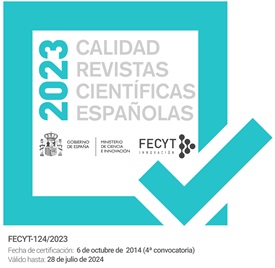We conduct a field study to analyse the reasons why pioneers supported the introduction of the Extensible Business Reporting Language (XBRL) from its earliest days in Spain. The Spanish pioneers were able to visualize the possibilities of the XBRL as an effective tool for facilitating the transmission of accounting and related information. At that point in time, innovators had available a limited amount of technical information on XBRL, because it was in the process of development. Hence, their engagement in the introduction of XBRL was based more on intuition than on in-depth knowledge of the technological advantages to be gained from its application. Further, their support for the innovation was active and not passive.
Mediante un estudio de campo se analizan las razones por las que determinados pioneros apoyaron la introducción del estándar Extensible Business Reporting Language (XBRL) desde sus comienzos en España. Los pioneros españoles fueron capaces de visualizar las posibilidades de XBRL como una herramienta efectiva para facilitar la transmisión de información económico-financiera. En aquel momento, se disponía de una limitada información técnica sobre XBRL porque se encontraba en plena fase de desarrollo. Por tanto, su apuesta por la introducción del XBRL estuvo más basada en la intuición que en un pleno conocimiento de sus ventajas técnicas. Más aún, su apoyo a la innovación fue activo, y no pasivo.






